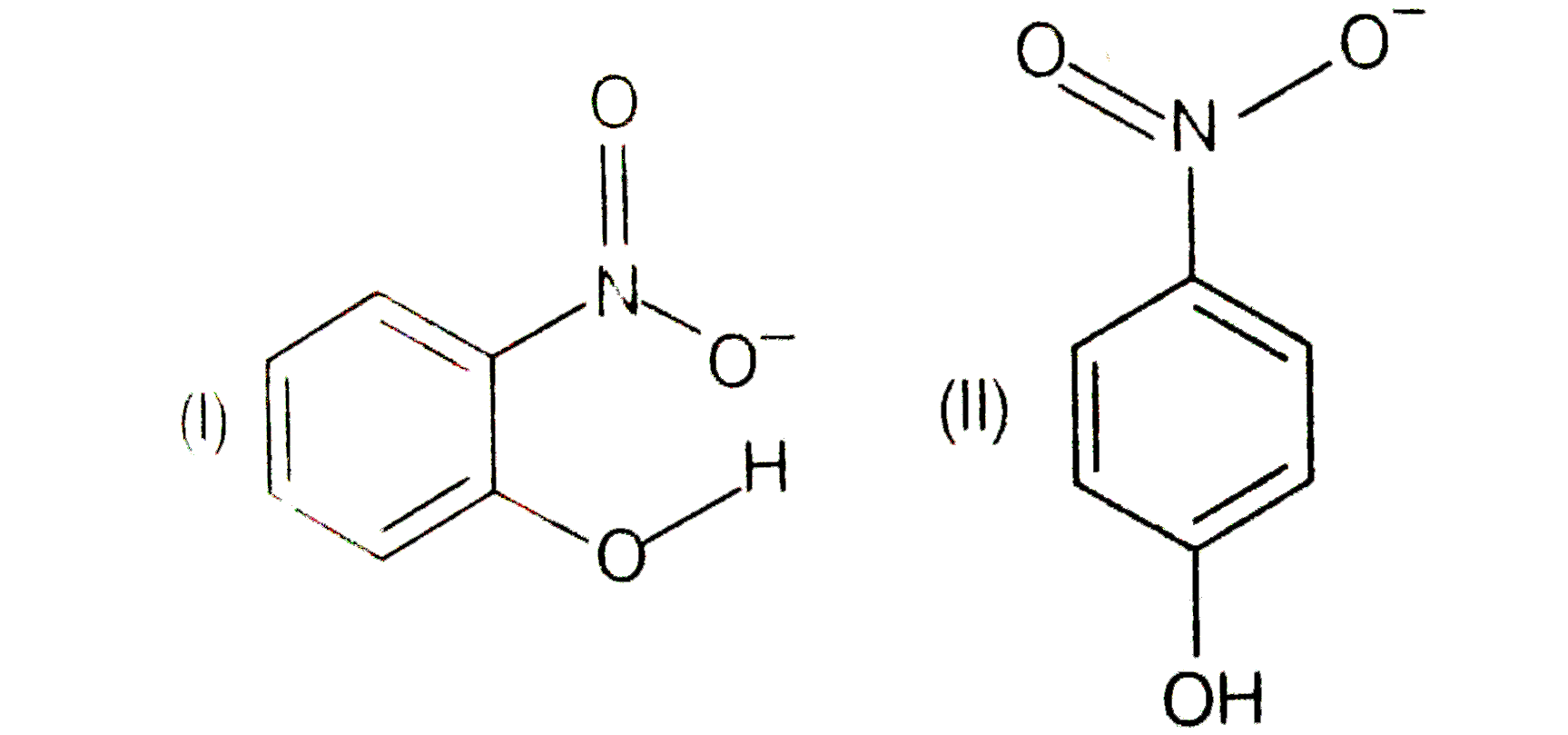Which bond is expected to be the least polar ?
O-F
P-F
Si-N
B-F
The correct Answer is:A
To determine which bond is expected to be the least polar, we need to analyze the electronegativity differences between the atoms involved in the bonds. The polarity of a bond is directly related to the difference in electronegativity between the two atoms forming the bond. The greater the difference, the more polar the bond will be.
1. Understand Polarity:
- Polarity in a bond arises due to the difference in electronegativity between the two atoms. If one atom is more electronegative than the other, it will attract the shared electrons more strongly, creating a dipole moment.
2. Identify Electronegativity Values:
- We need to look up the electronegativity values of the relevant elements. Common values to remember are:
- Fluorine (F): 3.98
- Oxygen (O): 3.44
- Nitrogen (N): 3.04
- Carbon (C): 2.55
- Silicon (Si): 1.90
- Phosphorus (P): 2.19
- Boron (B): 2.04
3. Calculate Electronegativity Differences:
- For each pair of atoms, calculate the difference in their electronegativity values.
- For example:
- Oxygen (O) and Fluorine (F): |3.44 - 3.98| = 0.54
- Nitrogen (N) and Fluorine (F): |3.04 - 3.98| = 0.94
- Phosphorus (P) and Fluorine (F): |2.19 - 3.98| = 1.79
- Silicon (Si) and Nitrogen (N): |1.90 - 3.04| = 1.14
- Boron (B) and Fluorine (F): |2.04 - 3.98| = 1.94
4. Compare the Differences:
- After calculating the differences, compare them to identify which pair has the smallest difference.
- From the calculations:
- O-F: 0.54
- N-F: 0.94
- P-F: 1.79
- Si-N: 1.14
- B-F: 1.94
5. Identify the Least Polar Bond:
- The bond with the smallest electronegativity difference is the least polar. In this case, the bond between Oxygen and Fluorine (O-F) has the smallest difference of 0.54, making it the least polar bond.
6. Conclusion:
- Therefore, the bond expected to be the least polar is the bond between Oxygen and Fluorine (O-F).
Final Answer:
The bond expected to be the least polar is the bond between Oxygen and Fluorine (O-F).
- Polarity in a bond arises due to the difference in electronegativity between the two atoms. If one atom is more electronegative than the other, it will attract the shared electrons more strongly, creating a dipole moment.
- We need to look up the electronegativity values of the relevant elements. Common values to remember are:
- Fluorine (F): 3.98
- Oxygen (O): 3.44
- Nitrogen (N): 3.04
- Carbon (C): 2.55
- Silicon (Si): 1.90
- Phosphorus (P): 2.19
- Boron (B): 2.04
- For each pair of atoms, calculate the difference in their electronegativity values.
- For example:
- Oxygen (O) and Fluorine (F): |3.44 - 3.98| = 0.54
- Nitrogen (N) and Fluorine (F): |3.04 - 3.98| = 0.94
- Phosphorus (P) and Fluorine (F): |2.19 - 3.98| = 1.79
- Silicon (Si) and Nitrogen (N): |1.90 - 3.04| = 1.14
- Boron (B) and Fluorine (F): |2.04 - 3.98| = 1.94
- After calculating the differences, compare them to identify which pair has the smallest difference.
- From the calculations:
- O-F: 0.54
- N-F: 0.94
- P-F: 1.79
- Si-N: 1.14
- B-F: 1.94
- The bond with the smallest electronegativity difference is the least polar. In this case, the bond between Oxygen and Fluorine (O-F) has the smallest difference of 0.54, making it the least polar bond.
- Therefore, the bond expected to be the least polar is the bond between Oxygen and Fluorine (O-F).
The bond expected to be the least polar is the bond between Oxygen and Fluorine (O-F).
Topper's Solved these Questions
- CHEMICAL BONDING (BASIC)BOOK - VK JAISWAL ENGLISHCHAPTER - CHEMICAL BONDING (BASIC)EXERCISE - Level 2
62 Videos
- CHEMICAL BONDING (BASIC)BOOK - VK JAISWAL ENGLISHCHAPTER - CHEMICAL BONDING (BASIC)EXERCISE - Level 3 (Passive 1)
6 Videos
- CHEMICAL BONDING (ADVANCED)BOOK - VK JAISWAL ENGLISHCHAPTER - CHEMICAL BONDING (ADVANCED)EXERCISE - SUBJECTIVE PROBLEMS
64 Videos
- CO-ORDINATION COMPOUNDSBOOK - VK JAISWAL ENGLISHCHAPTER - CO-ORDINATION COMPOUNDSEXERCISE - LEVEL 2
144 Videos
Similar Questions
Knowledge Check
Which of the following molecules is expected to rotate the plane polarized light?
A B
B C
C D
D
Caliene, C7H6 , is expected to be a fairly polar aromatic molecule. Which of the following resonance forms contributes to the greatest extent towards the real structure (resonance hybrid) of the molecule ?
A B
B C
C D
D
Which of the following has the least polarity in the bond?
View SolutionAmong alkali metals which element do you expect to be least electronegative and why?
View SolutionAmong alkaline earth metals which element do you expect to be least electronegative and why?
View SolutionWhich of the following is expected to be aromatic ?
View SolutionWhich of the following is expected to be coloured?
View SolutionStructures of molecules of two compounds are given below.

a) Which of the two compounds will have intermolecular hydrogen bonding and which compound is expected to show intramolecular hydrogen bonding?
b) The melting point of compound depends on, among other things, the extent of hydrogen bonding. On this basis explain which of the above two compounds will show higher melting point?
c) Solubility of compounds in water depends on powers to form hydrogen bonds with water. Which of the above compounds will form hydrogen bond with easily and be more stable in it?
View Solution
